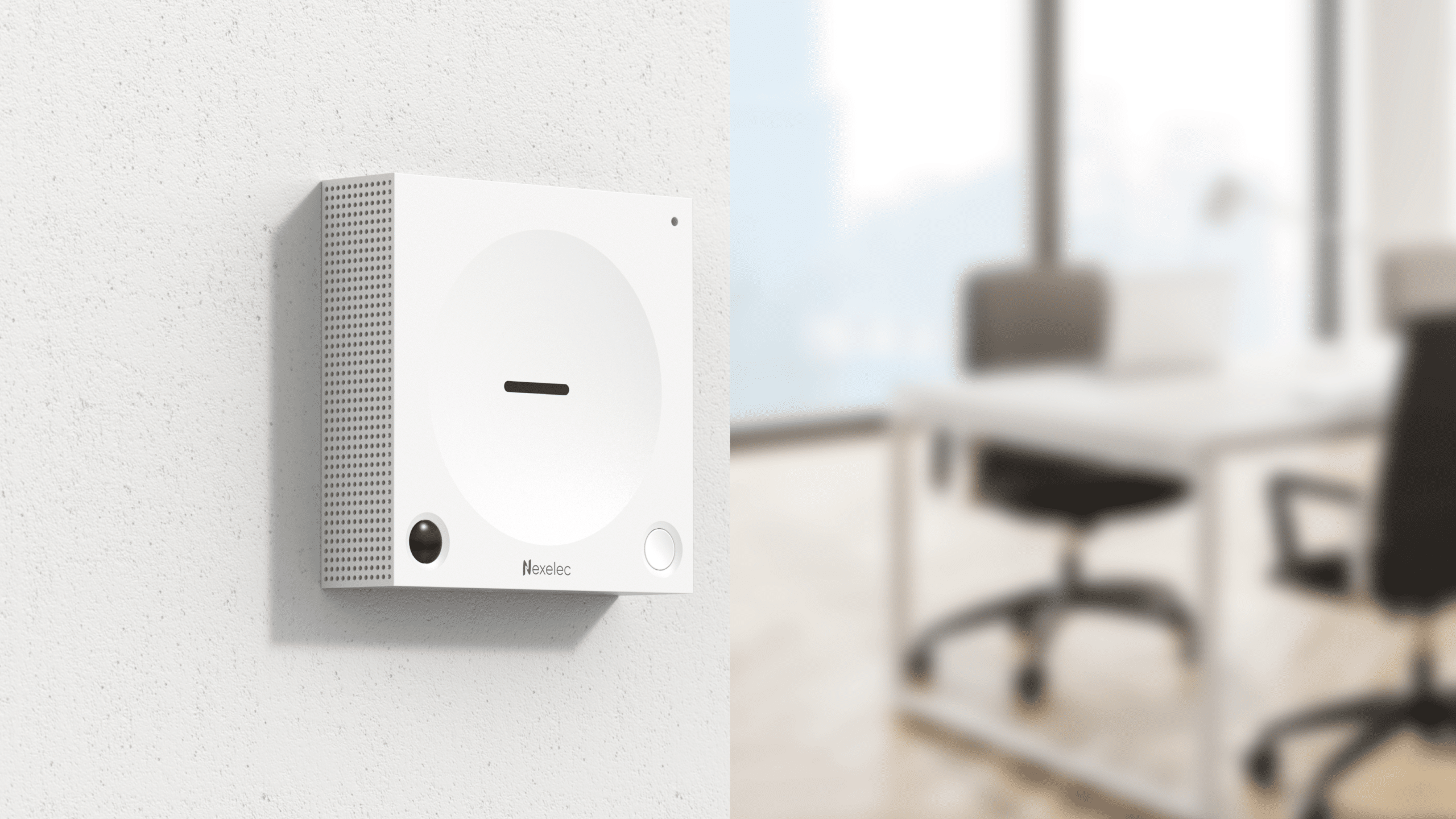Indoor air quality (IAQ) is a major public health issue. In France, indoor air pollution can affect the health of people living in buildings, particularly those open to the public, business premises and homes. Pollutants present in indoor air, such as fine particles, CO2 and VOCs, can have a significant impact on the health of occupants. Monitoring indoor air quality is crucial to preventing health risks and ensuring a healthy working and living environment.
In this guide, we review the main sources of pollution, the health risks associated with indoor air pollution, the measures to be taken and the solutions available to ensure a healthy working or living environment in buildings and establishments.

Published on 21 January 2025
WHITE BOOK - Indoor Air Quality, a health issue for employees?
The challenges of indoor air quality in France
The Anses (Agence nationale de sécurité sanitaire de l'alimentation, de l'environnement et du travail - National Agency for Food, Environmental and Occupational Health Safety) has issued a reminder of the importance of monitoring Indoor Air Quality, particularly in public buildings and establishments open to the public, in order to protect the health of occupants. Indoor air quality in schools, public buildings and other buildings open to the public is a major health issue.
The risks associated with indoor pollution are numerous and affect the health of all building occupants:
- Immediate effects: eye irritation, fatigue, headaches.
- Long-term effects: chronic respiratory illnesses, allergies, cardiovascular problems.
- Children and vulnerable people are particularly exposed to these health risks.
Understanding indoor air pollutants
Indoor Air Quality depends on the concentration of various pollutants in the air. Among the most common are :
Fine particulates :
- PM10: Particles smaller than 10 micrometres, produced by dust, pollen, industrial activities and car traffic.
- PM2.5: Particles measuring 2.5 micrometres, mainly from tobacco, cooking, candles and certain bacteria.
- PM0.1 and PM1: Ultrafine particles from exhaust gases and combustion products that can penetrate the lungs and bloodstream, creating health risks.
Gaseous pollutants :
- Carbon monoxide (CO): Colourless, odourless gas produced by the incomplete combustion of fuels. In high concentrations, it can cause headaches, dizziness and serious neurological disorders.
- Volatile organic compounds (VOCs): Gases emitted by products such as paints, air fresheners and cleaning products can cause respiratory tract irritation. In the long term, VOCs also increase the risk of cancer.
Sources of indoor pollution
Indoor pollution can come from a number of sources:
- Building and decorative materials: Some materials can emit volatile pollutants, endangering Indoor Air Quality.
- Furniture and cleaning products: Furniture, especially made of composite materials, and cleaning products are sources of pollution, directly affecting indoor air.
- Human activities: DIY, cleaning and smoking introduce pollutants into indoor air. Although environmentally-friendly cleaning products are available, their effectiveness varies.
- Outdoor environment: Indoor pollution can be up to seven times higher than outdoor pollution, due to poor ventilation in some buildings.
The impact of air quality on employee well-being and productivity
Poor air quality in the workplace can affect the productivity and well-being of employees. According to several studies, poor ventilation is linked to an increase in sick leave and a drop in cognitive performance.
- Short-term effects: irritation, fatigue, loss of concentration.
- Long-term effects: occupational asthma, cardiovascular disease, increased risk of cancer.
Investing in good ventilation and air quality monitoring systems is therefore an essential step in protecting employee health.
Regulations and best practice
Since September 2023, France has made it compulsory for construction products to be labelled for volatile pollutant emissions. The Grenelle II law requires regular monitoring of indoor air quality, particularly in establishments open to the public. Article R4211-1 of the French Labour Code stipulates that employers must guarantee healthy air for their employees.
To improve Indoor Air Quality, it is crucial :
- Maintain ventilation systems: Regular cleaning and checking that they are working properly is necessary to prevent the build-up of pollutants.
- Choosing low-emission materials and equipment: Opting for low-emission paints and certified wooden furniture helps to reduce pollutants in buildings.
- Managing sources of internal pollution: This includes managing cleaning products and optimising ventilation to ensure good air circulation.
Indoor air quality sensors
Sensors like those offered by Nexelec measure various pollutants such as CO2, fine particles and VOCs. These devices provide real-time monitoring and enable preventive measures to be taken to maintain a healthy environment in buildings.
The advantages of Nexelec sensors :
- Precise measurement of pollutants
- Intuitive interface
- Decision-making support to improve air quality
This news may interest you
Nexelec's news
